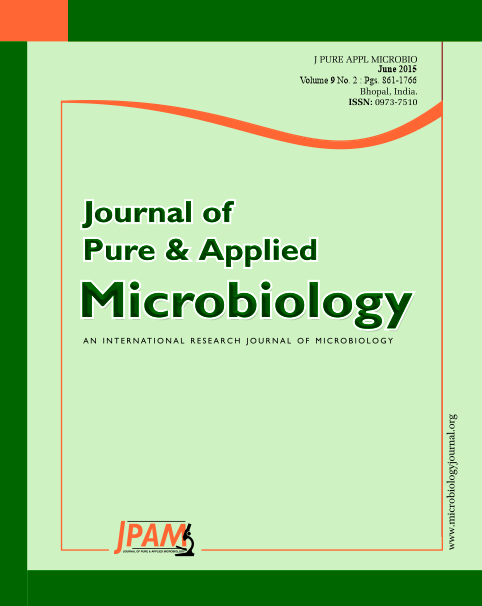Babesia gibsoni (B. gibsoni) infection has been primarily reported in Asia with the region of endemicity expanding worldwide. Diminazene aceturate has a narrow clinical safety margin and can induce side effects. The purpose of the present study was to compare the efficacy of lower dose diminazene aceturate to the normal dose. Diminazene aceturate was administered to three infected dogs in acute phase, at a dosage of 5 mg/kg three times and 3 mg/kg five times every other day and at a lower dose of 1 mg/kg for 15 consecutive days. Red blood cell count of the three treated dogs increased to greater than 500×104/µl on day 18, and an increasing in food consumption was followed by increasing RBC count. Conversely, one of two untreated dogs died and the other untreated dog improved later than the three treated dogs, never reaching greater than 300×104/µl during the experimental period. These results indicate that a continuous treatment using low dose diminazene aceturate against acute phase of severe B. gibsoni infection can be a very beneficial method in clinical cases for four reasons: avoidance of side effects, adequate efficacy, relative low cost for large dog breeds and safety when administering to aggressive dogs.
Babesia gibsoni, diminazene aceturate, dog, low dose
© The Author(s) 2015. Open Access. This article is distributed under the terms of the Creative Commons Attribution 4.0 International License which permits unrestricted use, sharing, distribution, and reproduction in any medium, provided you give appropriate credit to the original author(s) and the source, provide a link to the Creative Commons license, and indicate if changes were made.


